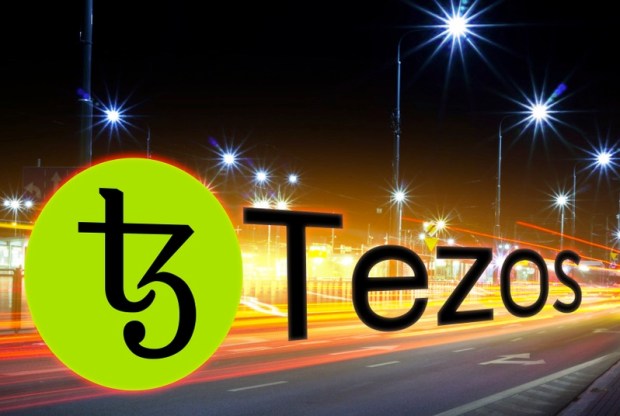Bitcoin Daily: Tezos Launches Main Network, WannaCry Still Used To Mine Crypto

Samsung has revealed that South Korea’s customs authority has agreed to use the company’s Nexledger blockchain tech for its decentralized customs clearance system.
In addition, 48 domestic institutions, including public agencies and shipping and insurance companies, have also signed the memorandum of understanding (MoU), according to CoinDesk.
The move will enable all parties to easily share necessary documents, such as customs declarations and delivery forms, and is being designed to “fundamentally block document forgery.” It also aims to make the export process more efficient.
In other news, the Tezos cryptocurrency project is finally set to launch its main network this week, according to Reuters.
The Tezos Foundation raised $232 million in July 2017 to build the network and issue a new type of cryptocurrency. This launch is a big accomplishment given that the Foundation has been mired in issues, including behind the scenes turmoil between Tezo’s two founders and Johann Gevers, the president of a Swiss foundation the couple helped establish to handle the coin offering and promote and develop the Tezos computer network.
In addition, there is still a class action lawsuit that alleges that Tezos violated U.S. securities laws and defrauded investors in its ICO because it hasn’t issued any digital coins. What’s more, the lawsuit contends Tezos told participants that they were making a donation and that they may never receive any tokens as a result of investing in the ICO.
And according to reports, more than a year since Microsoft released patches to help protect its computers from WannaCry infections, around one million computers and networks still remain unpatched and vulnerable to attack.
As a result, hackers are using the publicly accessible NSA exploits to infect computers to mine cryptocurrency, with one major Fortune 500 multinational hit by a massive WannaMine crypto mining infection just days ago.
“Our customer is a very large corporation with multiple offices around the world,” said Amit Serper, head of the security research team at Cybereason. “Once their first machine was hit, the malware propagated to more than 1,000 machines in a day,” he said, declining to name the company.
WannaCry works by using the NSA exploits to gain a single foothold into a network. After the malware is implanted, it uses the computer’s processor to mine cryptocurrency.
